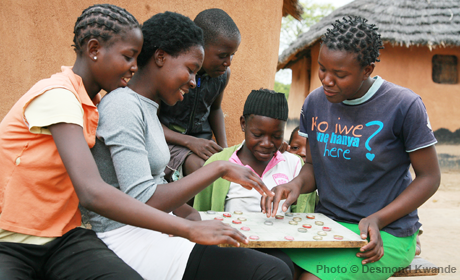Key humanitarian results 2021

UNFPA-assisted safe deliveries

Affected population reached with Family Planning services

Number of women of reproductive age (aged 15-49) reached with SRH services

Number of people reached with SRH/GBV information and awareness activities

Número de clínicas móviles

Functional health facilities supported by UNFPA that provide Emergency Obstetric Care (EmOC)

Cantidad de espacios seguros

Jeunes animateurs et bénévoles formés à la santé sexuelle et reproductive

Personnel trained on clinical management of rape

